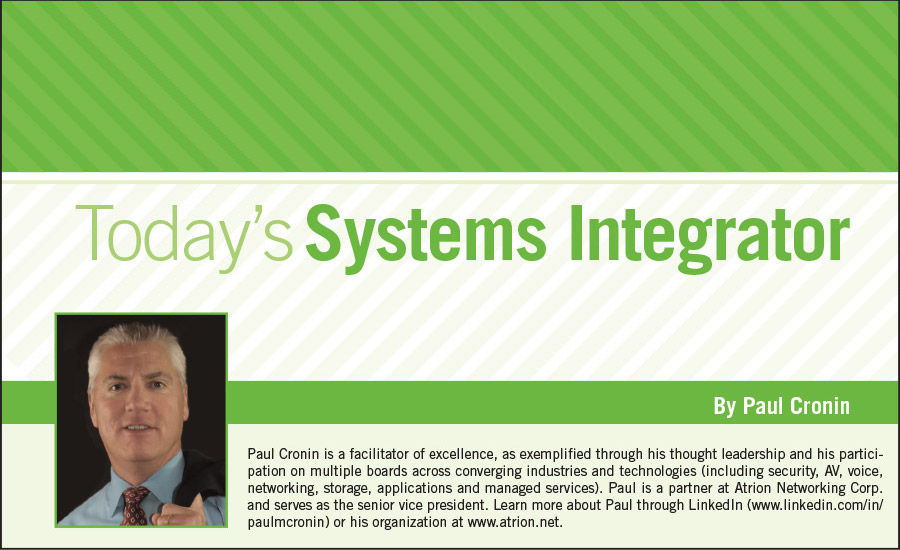Why is it that so many companies in the technology industry refer to everyone they work with as their partner? The vendors call the integrator their partner and the distributors call the suppliers, integrators and clients their partners. The integrators refer to their clients and other integrators as their partners. The cloud providers refer to everyone as their partners.
What does the word “partner” really mean? According to Merriam Webster the word means “one of two or more people, businesses, etc., that work together or do business together.” Okay, so I get it; technically the word fits for most of the relationships that I referred to.
However in my mind a real partnership centers around two words — reciprocal loyalty. A partner to me in the business sense means an organization that I am deeply engaged with and has a shared aspiration for achieving a collective output: a relationship that both parties are in it to win it and willing to lose together if it comes down to that.
More importantly the real test of the partnership is seen in the upfront equal investment of the participants as well as in the final outcome. It is when both parties invest time, money and resources to build something that is equally important to both parties.
When I think about the integrators and their suppliers (manufacturer, distributor) and what they consider a partnership, I don’t see the same amount of equal investment. After being an integrator for 30 years, and an owner, you might think I would feel this is a supplier problem, but I don’t. The lack of investment in the relationship goes both ways.
The supplier wants the integrator to have their staff certified and to only sell their products. The integrator doesn’t want to invest in certifications until they reach a certain amount of revenue. Most integrators only want to be exclusive with a supplier when the supplier will be exclusive with them.
The missing link in most partnerships comes down to trust. So what can be done to help build trust between integrators and suppliers? The first thing that needs to take place is a deep discussion to assess each partner’s motives and determine if there is alignment in their go-to-market strategy. Do they target the same markets? Are they culturally aligned? Do they have the capabilities to be successful? And are they willing to be patient in the creation of success? As a facilitator of excellence, the most important component that I think is critical to the success of a partnership is the “willingness to give to get.” Only when each party is willing to invest in each other’s success do you have a win/win partnership.
After 15 years of serving on vendor advisory boards, and collaborating with many of my peers at industry events I figured out a way to address this problem with my own vendors. I named the program “reciprocal loyalty” to frame the mindset around what was expected from all parties. Some components of the program included supplier certification levels; business plans; revenue targets; onboarding; marketing plans; monthly pipeline reporting; and much more.
You may say that a lot of the program components are standard entitlements and they are. However, the difference is that the program is a formal plan with both parties agreeing in advance to the commitments in time, money and resources. For the partner, they know what they get for support in money and resources. For the vendor, they understand the commitment of the partner to embrace their technology and have a committed revenue number. With the vendors that were invited to join our reciprocal loyalty program they saw consistent 30 percent to 40 percent revenue growth. The question was, were they in it to win it?
Connect with me on LinkedIn or contact me at Paul@cronincorp.com and I would be happy to share more about the program and other strategies to accelerate revenue.



